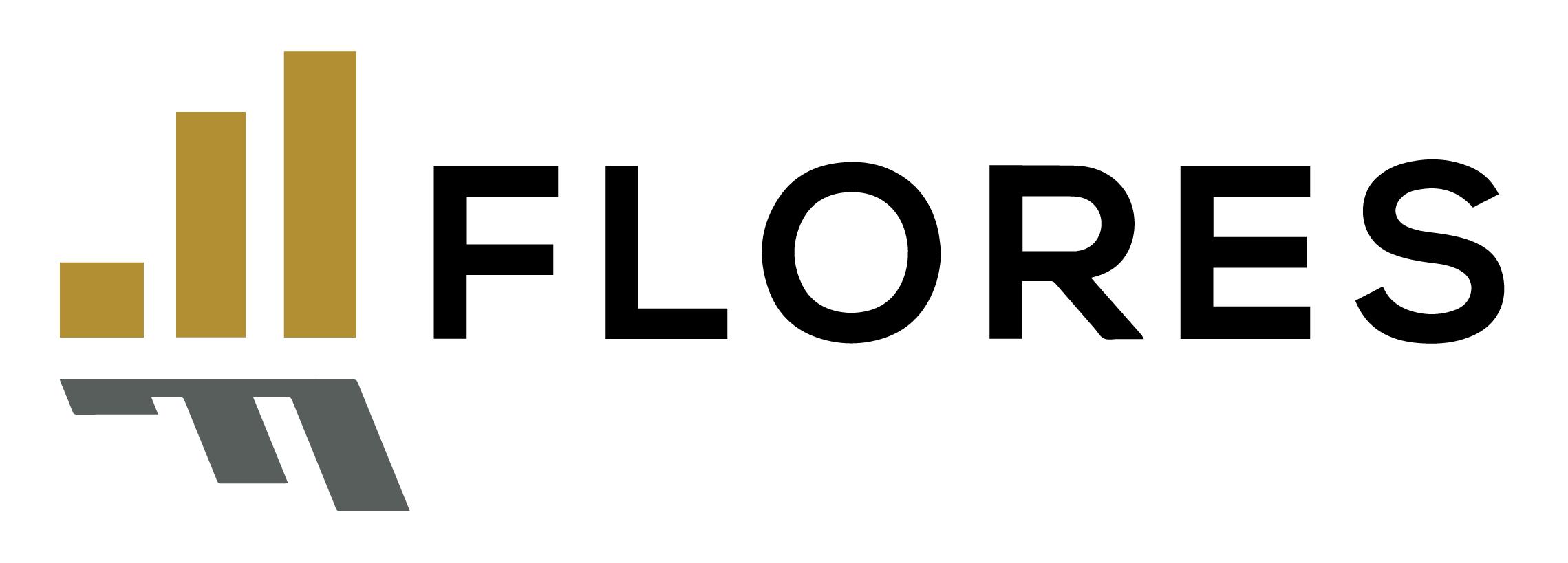- February 1, 2023
- Posted by: FLORES
- Categories: Accounting, Business Strategy

5 Important Employer Steps for ACA Compliance Reporting in 2023
By Carlton C. Pilger © Fisher Phillips
September 20, 2022
Applicable large employers (ALEs)—those with 50 or more full-time or equivalent employees—must adhere to Affordable Care Act (ACA) annual reporting rules to remain compliant regarding group health plan offerings. Below is a checklist of the five most helpful reminders ALEs should take into account as they plan for reporting on their 2022 coverage in the first quarter of 2023.
1. ADJUST TO A LOWER AFFORDABILITY THRESHOLD
The ACA imposes an employer shared responsibility payment (ESRP) on any ALE that offers qualifying coverage to its full-time employees but for which the employee share of the cost for the lowest tier self-only coverage option is deemed unaffordable. The ACA bases affordability on an employee’s household income and indexes the percentage annually for inflation.
For 2023, the affordability threshold is 9.12 percent—down from 9.61 percent in 2022. ALEs preparing for 2023 should be aware that this change will affect how much you can charge employees for health coverage and still avoid an ESRP.
2. BE AWARE OF THE AFFORDABILITY SAFE HARBORS
An ALE typically does not know an employee’s overall household income, so federal regulators created three safe harbors you may use to judge whether an offer of coverage is affordable:
- W-2 safe harbor is based on the wages an employer reports in Box 1 of an employee’s Form W-2.
- Rate of Pay safe harbor is based on an employee’s rate of pay at the beginning of the coverage period, with adjustments permitted for an hourly employee only if the rate of pay is decreased during the period.
- Federal Poverty Line safe harbor deems coverage affordable if the required monthly contribution does not exceed 9.5 percent (adjusted annually) of the federal poverty line (FPL) for a single individual for the applicable calendar year, divided by 12.
Note that the government typically releases the FPL table after the calendar year starts. So, employer plan sponsors (including any that sponsor a calendar-year plan) may use the FPL table published within the six months prior to the start of the plan year. For example, the maximum employee contribution for lowest tier self-only coverage for ALEs with calendar year plans, will be $103.28.
3. RECOGNIZE THAT ESRP PENALTY AMOUNTS CONTINUE TO RISE
The IRS annually updates the inflation-adjusted amounts that it will assess against any ALE that either fails to make an offer of group health coverage to at least 95 percent of its full-time employees (the so-called “A” penalty) or makes an offer of coverage that is either unaffordable or does not meet the ACA’s minimum value standard (the so-called “B” penalty).
For 2023, the A penalty is $2,880 ($240/month), and the B penalty is $4,320 ($360/month). The rising cost of noncompliance should serve as a further incentive for employers to examine your group health plan offerings to ensure broad enough coverage to full-time employees with at least one self-only option that is affordable and provides minimum value benefits.
4. CALENDAR THE FORM 1094-C/1095-C DEADLINES
ALEs must annually issue individual statements (generally copies of Form 1095-C) and file Forms 1094-C and 1095-C with IRS to disclose certain information about the group health coverage they offer their full-time employees.
- For the 2022 reporting cycle, ALEs must furnish individual statements to full-time employees by no later than March 2, 2023.
- ALEs must file applicable reports with IRS by no later than Feb. 28, 2023, if filing by paper, or by no later than March 31, 2023 if filing electronically (which is mandatory for ALEs filing more than 250 forms).
5. USE CURRENT DRAFT ACA REPORTING FORMS
IRS recently issued draft versions of Form 1094-B and Forms 1094-C (transmittal forms), and Form 1095-B and Form 1095-C (information forms) for employers to report offers of coverage for 2022.
Self-funded plan sponsors that are not ALEs will use Forms 1094-B and 1095-B; ALEs will use Forms 1094-C and 1095-C.
The draft forms contain no material additions this year, but the instructions have eliminated references to individual mandate penalties.
Employers, particularly those facing their first reporting cycle, should review the 2022 draft forms. The IRS continues to be less lenient with basic reporting errors, so it will be important for employers to fully understand their ACA reporting obligations. Confusion regarding the forms could cause costly reporting errors.
Carlton C. Pilger is of counsel in the Atlanta office of law firm Fisher Phillips and a member of the firm’s Employee Benefits Practice Group. © 2022 Fisher & Phillips LLP. All rights reserved. Republished with permission.
Read full article here – https://www.shrm.org/resourcesandtools/hr-topics/benefits/pages/5-most-important-steps-for-2023-aca-compliance-planning.aspx
If you have any questions or need help to ensure you comply with all of your state’s employment regulations and laws, give FLORES a call. We’d be happy to assist you in any way we can.
Contact us at 619-588-2411
